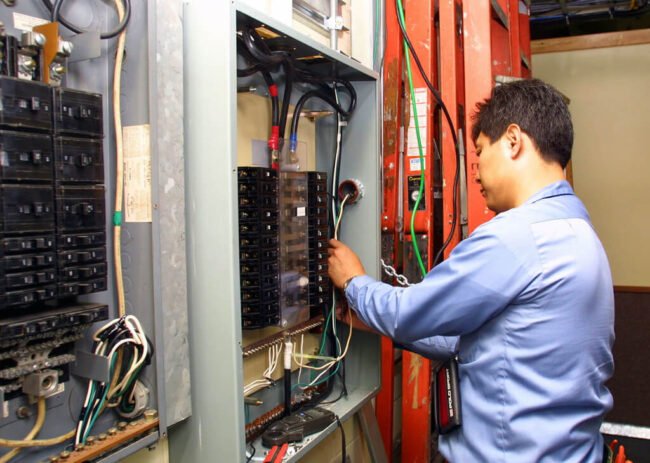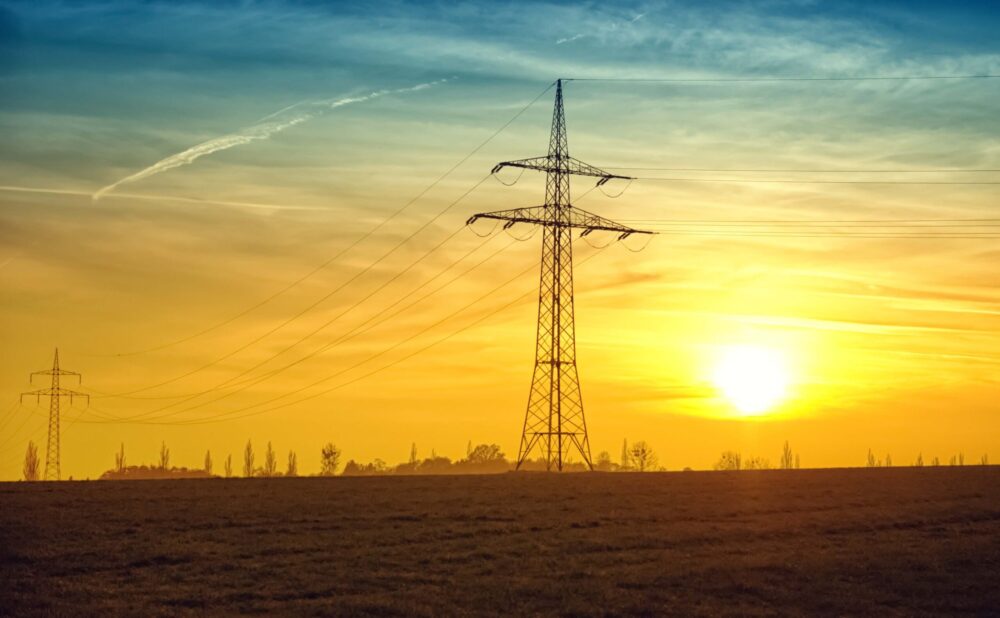What is Electrical power? Electrical power is defined as the rate, per unit of time at which electrical energy is traveled in an electric circuit. El
What is Electrical power?
Electrical power is defined as the rate, per unit of time at which electrical energy is traveled in an electric circuit. Electrical power is measured in watt, and watt is defined as joule per second. The main source of electrical power is generated, power is also supplied by batteries but stored power is dc for its alternating devices appliances inverters are used.
It is electrical power which runs machines in industries, enlightened our sweet homes. Electrical power is generated in powerhouses and supplied over long distances through transmission lines then reached grids and power is utilized publically at 220volt and 440 voltage levels. Power is represented by “P”.
There are many definitions of electrical power like the product of voltage and current e.g P= V*I, Work done per unit time P= W/t. Electrical power is also converted into another form of energy like mechanical energy, heat energy, light energy, etc. There are two types of components in circuits where electrical power can flow. They are Active devices and Passive devices.

Active devices
Active devices are actually power sources, when charges are, moved by exterior force through the device from lower potential to higher potential in simple movement of positive charges from negative to positive terminal, work is said to be done in on the charges, in this process energy is converted to electric potential energy, active devices are generators, batteries, etc. There is also a special case some devices act as source and load such as the rechargeable battery, this battery acts as a source when it provides power but acts as a load when connected to the battery charger.
Passive devices
Passive devices are also termed as Load, when positive charges are moved from the positive terminal to the negative terminal then work is done by the charges on the devices. The potential energy of the charge due to voltage between the terminals is converted to kinetic energy in the device. These devices are termed passive components or loads. Actually, load consumes electrical power from the circuit.
The passive sign convention is a very important term in electrical power, when the direction of electric current or electric power is required then passive sign convention is used. When electrical power flows out of a circuit into the components then the positive sign is used, and when power flows into a power source then negative power consumption is considered.
Types of Loads
In the electrical sector, three types of loads or circuits are often considered, resistive circuits, inductive circuits, capacitive circuits. In resistive loads voltage and current are in phase, in capacitive loads current leads voltage, but in inductive loads current lags voltage.
Types of Electrical Power
There are three types of electrical power or we may say that power is divided into three components. Apparent power, active power, or real power, and reactive power. The product of RMS value of voltage and current is known as Apparent power, the useable power or power in watt is known as real power, our energy meter gives us the reading of real power use.
Reactive power is actually power loss, this power is used by magnetic field in inductive devices having coils. Like motors etc. Power factor is a very important term in the electrical sector it is actually the ratio of active power over apparent power it formula is active power/ apparent power.
Power factor is actually the ratio of active power used in the circuit to the apparent power delivered to the circuit. In inductive circuit power factor lags, in capacitive circuit power factor leads.
Electric and Magnetic Field
When electric power flows then it is actually the movement of free electrons, actually due to the charge on the electron there is the electric field and due to the movement of electrons there exists a magnetic field.
Electrical Power Generation
Total electric power generation in the world is approximately 26.7 P Wh. Out of which main fule sources for the electrical power are coal, natural gas, hydro, nuclear, wind, solar, oil, biofuels. In the world coal produced 38% of electrical power, natural gas produces 23% of electrical power, hydro or dams produces 16% of electrical power, nuclear produced 10% of power, wind produced 5% of electrical power, oil produced 3% of electrical power, solar produced 25 of power and biofuels produced 2% of electrical power.
